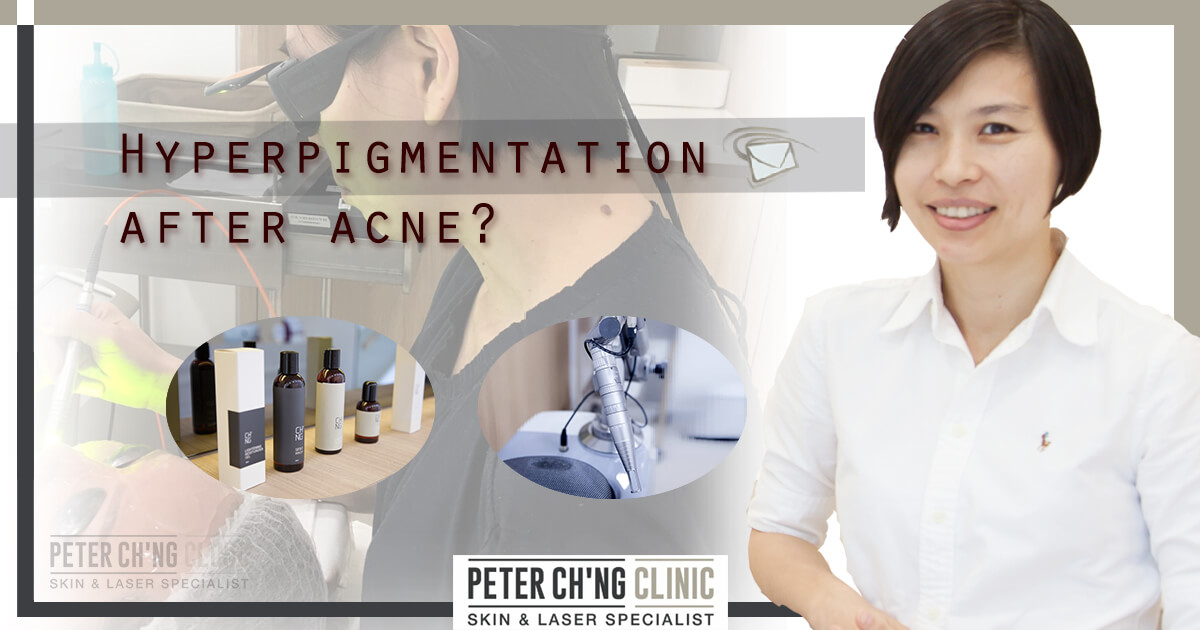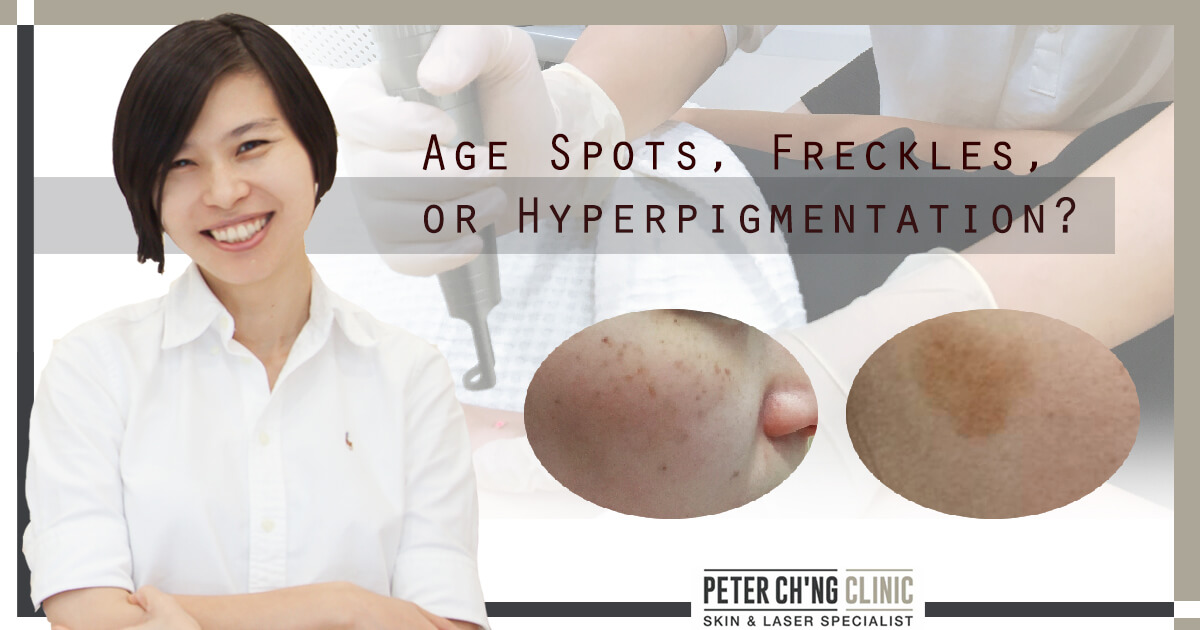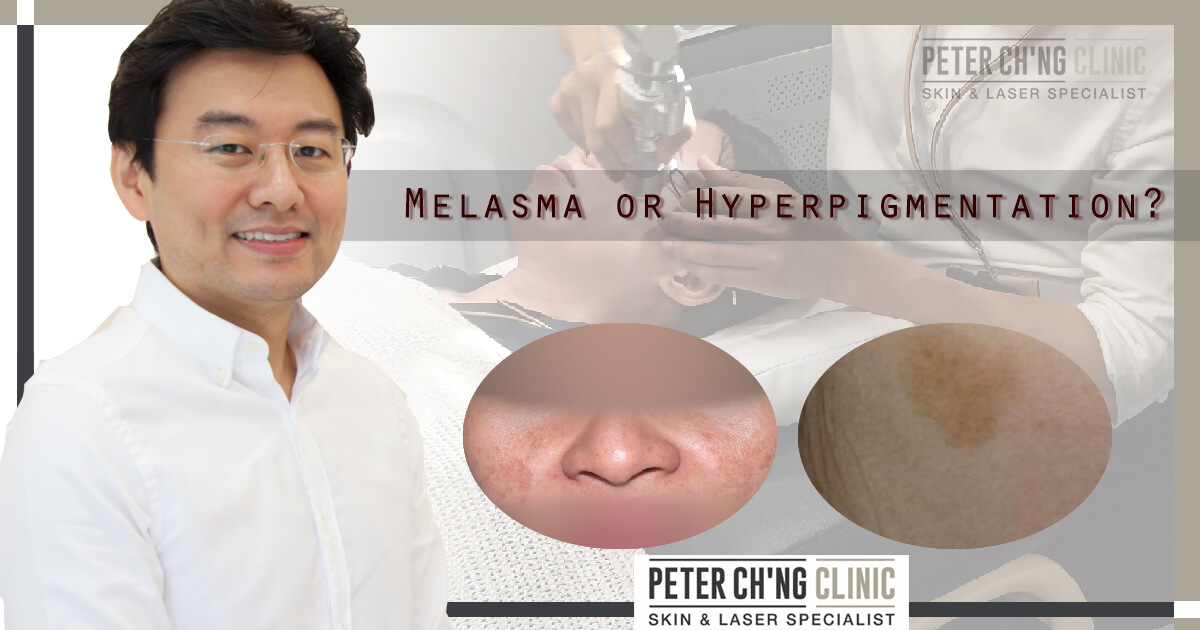Patient Mailbox: Can Rosacea be Treated?
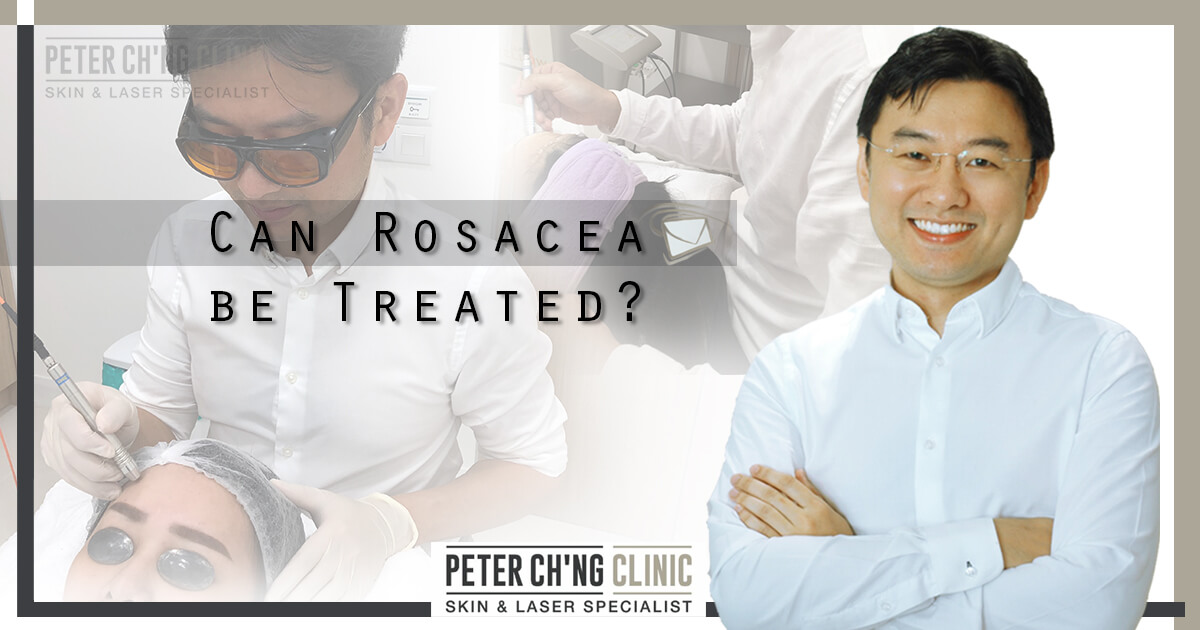
Hello there! How are you doing?
I'm Dr Peter Ch'ng and here's Episode 24 of our Patient Mailbox series. We collect handpicked questions submitted by patients suffering from various skin diseases and condition, and personally answer them with our best efforts. I hope to help any one of you who face challenges from similar situations.
Editor’s Note: Dr Peter Ch’ng is a Consultant Dermatologist actively involved in numerous talks and workshops, and is an esteemed contributor to dermatology research and publishing internationally. He practices at both Peter Ch'ng Clinic Skin & Laser Specialist in Desa Park City and Gleneagles Hospital Kuala Lumpur.
Question:
Hi Dr Peter,
I’m Danielle. I’m 27 this year, but I have been having problems with my face blushing up for several years now, or so I thought.
I have always thought that I blush up or get red flushes very easily, but a recent visit to a doctor told me that this is actually a symptom of Rosacea disease. But how can I actually differentiate between rosacea and normal hot flushes, or even acne?
Can rosacea be cured? How?
I’ve also heard people talking about how rosacea can lead to other conditions like hair loss, is this true?
Answer:
To start off, so far there's still no evidence to link rosacea to hair loss. So at the moment there's no truth in the statement of rosacea leading to conditions like hair loss.
Now let's take a closer look at rosacea as a skin condition.
Causes of rosacea

Until now, we are unable to find out the root cause of rosacea. All we know is that rosacea may run in the family. We also know that our body's immune system plays a role in causing this inflammatory disease of rosacea, and it is this inflammation on the skin that is triggered by the overreaction of our body's immune system.
Some studies do show that there are certain bugs and bacteria that are found in the stomach may trigger rosacea, and there are also studies showing that certain mites on the skin may play a role in the formation of rosacea.
Differentiating between rosacea and hot flushes
Hot flushes, or also known as blushing, is intermittent, in that it happens and goes on and off. You can get hot flushes when you feel shy, or when you eat something like spicy food that triggers the flushes. Some diseases like thyroid disease can also cause a flushing syndrome on our skin.
But how do we differentiate this from rosacea, which also exhibits symptoms of red flushes on our skin?
Types of rosacea
There are 4 types of rosacea.
Erythematotelangiectatic rosacea
This type of rosacea causes redness and dilated veins on the skin. So unlike hot flushes, we not only see the red rashes, but also the vessels and veins on the skin.
Papulopustular rosacea
From the name, papule is the red bump, and pustule is the pus in this bump. So papulopustular rosacea is the rosacea with red bumps containing pus on the skin.
Red, inflamed acne also contains papule and pustule, but acne also has comedones, which are the black pores and white pores we see often along with acne.
Rosacea doesn't have comedones, so it also doesn't cause white or black pores.
Phymatous rosacea

This type of rosacea causes the thickening of the skin or a bumpy texture on the skin of the affected area. It also often happens around the nose area, in which it is called rhinophyma.
Ocular rosacea
Ocular is our eye area, so this type of rosacea can cases red eyes intermittently. Swelling is also common with a gritty sensation of uncomfortable eyes.
Diagnosing rosacea

For an effective treatment of rosacea, it is important to get the right diagnosis. Beside the differential diagnosis of the types of rosacea, it is also important to accurately diagnose rosacea from other types of skin conditions.
For example, rosacea is often confused with skin atrophy, the thinning of skin.
Doctors may misdiagnose this condition as eczema, because the symptoms of skin atrophy and eczema are similar in which they both cause red skin. But when the condition is treated with steroids, which is the common treatment for eczema, there's the risk of the strong topical steroid thinning the skin even more.
When the skin gets thinner, we start to see the veins beneath the skin much clearly. At this stage, some might think that it is a symptom of rosacea, particularly erythematotelangiectatic rosacea which causes the obvious appearance of veins. However, the treatment for skin atrophy and rosacea is completely different.
So it is indeed important to diagnose the condition accurately before carrying out any treatments.
To do that, always make sure you get your skin condition diagnosed by a verified dermatologist, to ensure your safety and the effectiveness of the treatment.
Treatment for rosacea

Once we confirm the diagnosis of rosacea, the treatments include avoiding triggers of rosacea. This includes avoiding the following:
- UV (ultraviolet) radiation from the sun
- heat like going into the sauna or under the hot sun
- cold wind
- spicy food
- alcohol
- makeups
- exercise due to the heat produced
In terms of topical treatments, very few patients actually respond to topical treatments like cream application, so a lot of times it doesn't work for rosacea.
The most effective way of treating or managing rosacea is using lasers. In the case of rosacea, vascular lasers are used, as these are lasers that target the vessels to shrink these blood vessels, and to reduce the inflammation.
The vascular lasers that we can use are copper bromide laser and laser genesis. However, it is important to note that you should only get your laser treatments from skin specialists or dermatologists with proper qualifications and verifications.
Although a laser treatment may sound simple, poor handling or mismanagement of the device, including minute details like the intensity of the laser and how deep the laser penetrates into the skin, can cause damage to the skin and worsen the condition.
So far, there's still no complete cure for rosacea. But current treatments using lasers are able to control the disease very well, enough for the patient to carry out daily activities and lifestyle without any problems.
Some of my patients with rosacea also go under maintenance treatments after the disease is under control, using gentle products and an occasional laser treatment monthly or every few months.

Stay tuned next week as some interesting facts about rosacea that you have to know!
Cheers.

If you’d like to ask more about your skin condition or have a discussion with Dr Peter, you can contact us at +6011-22882299, Whatsapp us, or book an appointment with Dr Peter here!
Treatments mentioned in this article :
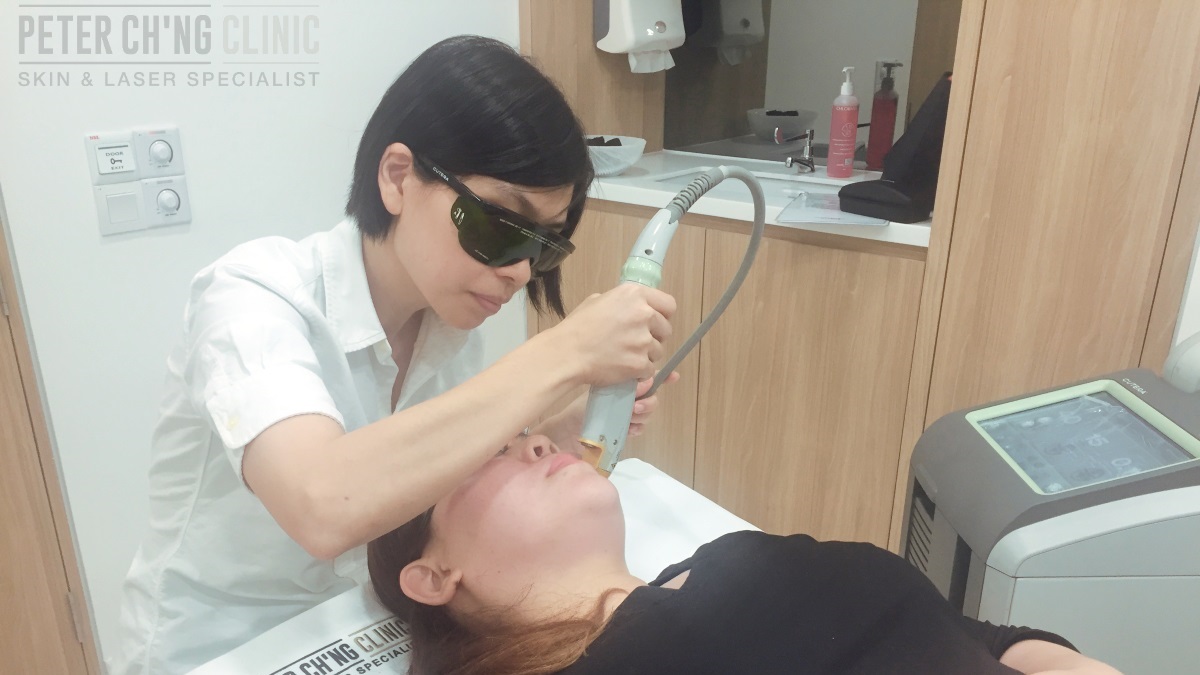
Laser Genesis
Laser genesis is a laser treatment that is non-invasive, that is, no surgery is involved. The heat from the laser penetrates our body and stimulates collagen growth, filling in the collagen loss due to the aging process.
